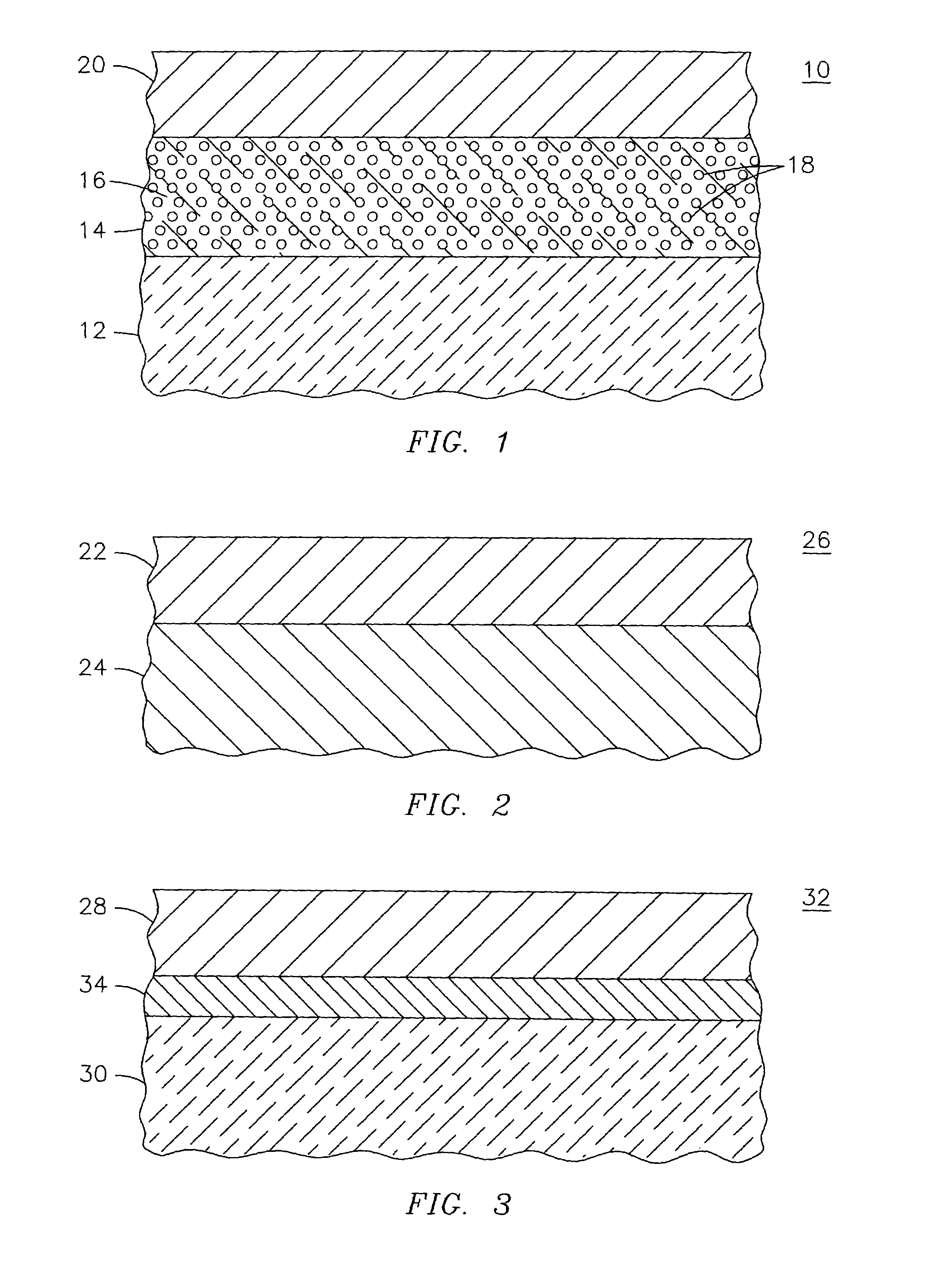Protective overlayer for ceramics
a protective overlayer and ceramic technology, applied in the field of materials, can solve the problems of reducing limiting the useful life of oxide ceramic materials, and reducing the efficiency of active cooling systems, etc., and achieves the effect of reducing the loss rate of silica and subsequent recession of oxide ceramic materials with increasing temperature and flow velocity
- Summary
- Abstract
- Description
- Claims
- Application Information
AI Technical Summary
Benefits of technology
Problems solved by technology
Method used
Image
Examples
Embodiment Construction
[0015]A xenotime phosphate compound may be used as a protective overlayer coating material for ceramics and ceramic matrix composite materials. Xenotime phosphates include yttrium phosphate (YPO4), erbium phosphate (ErPO4), ytterbium phosphate (Yb PO4), and lutetium phosphate (LuPO4). In one particular application, the compound yttrium phosphate (YPO4) may be used as a protective overlayer for mullite and mullite containing ceramics. Yttrium phosphate is a stable compound up to its melting point, and it is chemically compatible with many different oxides up to 1,600° C., including mullite, alumina, yttrium aluminum garnet (YAG) and zirconia (ZrO2). It is known that yttrium phosphate exhibits certain physical properties that are quite similar to mullite. Yttrium phosphate has been considered as an alternative for mullite in certain applications. These physical similarities make yttrium phosphate compatible as a coating for mullite, as shown in the following table:
[0016]
MulliteYttrium...
PUM
| Property | Measurement | Unit |
|---|---|---|
| Temperature | aaaaa | aaaaa |
| Thickness | aaaaa | aaaaa |
| Porosity | aaaaa | aaaaa |
Abstract
Description
Claims
Application Information
 Login to View More
Login to View More - R&D
- Intellectual Property
- Life Sciences
- Materials
- Tech Scout
- Unparalleled Data Quality
- Higher Quality Content
- 60% Fewer Hallucinations
Browse by: Latest US Patents, China's latest patents, Technical Efficacy Thesaurus, Application Domain, Technology Topic, Popular Technical Reports.
© 2025 PatSnap. All rights reserved.Legal|Privacy policy|Modern Slavery Act Transparency Statement|Sitemap|About US| Contact US: help@patsnap.com


